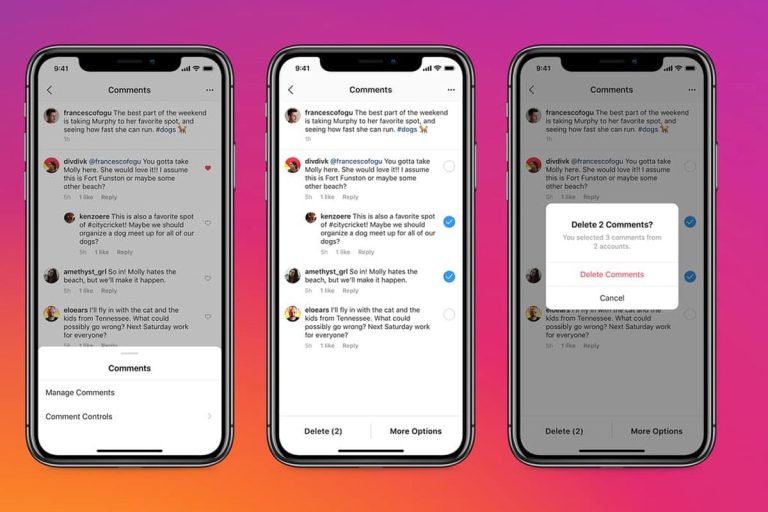Retargeting vs. remarketing: Differences and what is the best strategy
In today’s data-driven advertising landscape, digital marketers constantly seek effective strategies to recapture the interest of users who have interacted with their brand but haven’t yet converted. Two commonly used approaches in this realm are retargeting and remarketing. Although they are often used interchangeably, understanding the distinction between the two can help you make more informed decisions and optimize your advertising efforts.
Understanding Retargeting
Retargeting primarily refers to online ad placements and display ads shown to users who have visited your website or used your mobile app. Retargeting typically uses a cookie-based technology that tracks user behavior and then serves tailored advertisements to individuals as they browse the web.
This method is particularly effective for maintaining brand visibility and encouraging return visits, especially for users who abandoned a cart or left after viewing a product page.
[ai-img]retargeting, online ads, web tracking[/ai-img]
Key Characteristics of Retargeting:
- Primarily uses cookies and pixel-based technology.
- Displays ads on third-party websites or social media platforms.
- Highly customizable based on user behavior, like page visits or time spent on site.
- Common on platforms such as Google Display Network and Facebook Ads.
Understanding Remarketing
Remarketing, on the other hand, generally refers to re-engaging past visitors or customers through email campaigns and direct outreach. This approach involves using information from your CRM or customer database to send targeted follow-ups, special offers, or informational content to users who have already shown interest or made a purchase in the past.
Because remarketing relies on collected user data, it may include more personalized messaging than retargeting and is often used for nurturing leads over time.
[ai-img]email marketing, remarketing campaign, customer loyalty[/ai-img]
Key Characteristics of Remarketing:
- Uses data from CRM or past customer interactions.
- Typically done via email or messaging platforms.
- Focuses on long-term customer engagement.
- More personalized and content-driven than retargeting.
What Are the Main Differences?
While both strategies aim at reaching users who have previously engaged with a brand, the methods and tools they use differ significantly. Understanding these differences is crucial in determining the right approach for your objectives.
| Aspect | Retargeting | Remarketing |
|---|---|---|
| Channel | Display Ads, Social Media | Email, Direct Outreach |
| Data Source | Cookies, Tracking Pixels | CRM Systems, Customer Lists |
| Focus | Re-attracting Web Visitors | Re-engaging Known Contacts |
| Personalization Level | Moderate | High |
Which Strategy Is Best?
Determining the best strategy depends largely on your business goals, customer journey stage, and available resources.
Use Retargeting When:
- You aim to bring back anonymous website visitors.
- You want to increase conversions after a cart or form abandonment.
- Your focus is on increasing website traffic visibility.
Use Remarketing When:
- You have a strong customer or subscriber list.
- You want to build long-term customer relationships.
- You aim to promote repeat sales or upsell products.
Ultimately, the most effective strategy is often a combination of both.
Combining Retargeting and Remarketing
When used together, retargeting and remarketing can create a highly cohesive and comprehensive strategy that guides prospects through each stage of the sales funnel. You can first use retargeting to capture initial attention and bring users back to your site, and then follow up with remarketing to solidify conversions and foster loyalty.
This integrated approach ensures that you’re not leaving potential revenue on the table and that your brand remains top-of-mind throughout the customer journey.
[ai-img]sales funnel, marketing strategy, customer journey[/ai-img]
Conclusion
Retargeting and remarketing are powerful tools in the digital marketer’s toolkit, each serving unique functions within the buyer’s journey. By understanding their differences and how they complement one another, businesses can develop more effective campaigns that drive engagement, conversions, and long-term customer value.
Choose wisely based on your audience and objectives—or better yet, integrate both strategies for maximum impact.






